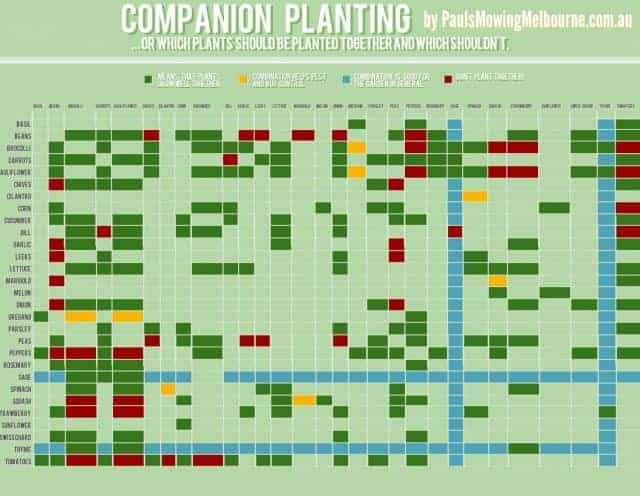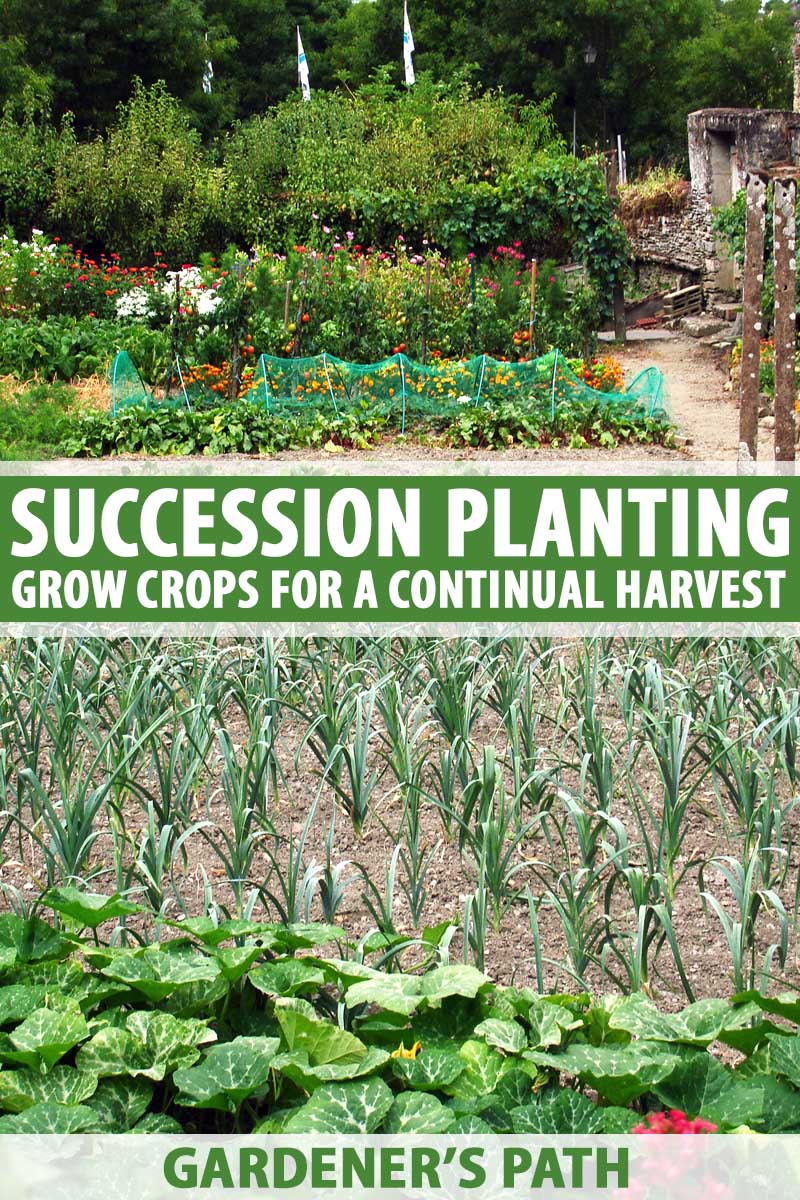The Ultimate Companion Gardening Guide
The Ultimate Companion Gardening Guide
Companion planting is a gardening practice that involves planting certain types of plants together to benefit each other. By pairing plants that have complementary growing habits, repel pests, or attract beneficial insects, you can create a more balanced and productive garden.
There are many benefits to companion planting. Some of the most common include:
- Increased yields. Companion plants can help to improve the growth and productivity of other plants. For example, legumes, such as peas and beans, fix nitrogen in the soil, which can benefit other plants that need nitrogen.
- Disease and pest control. Some companion plants can help to repel pests or attract beneficial insects that prey on pests. For example, marigolds are known to repel nematodes, while basil attracts ladybugs, which eat aphids.
- Improved pollination. Some companion plants can help to improve pollination, which can lead to larger and healthier fruits and vegetables. For example, flowering herbs, such as dill and fennel, attract pollinators such as bees and butterflies.
- Diverse habitat. Companion planting can help to create a more diverse habitat for beneficial insects and wildlife. This can help to improve the overall health of your garden.
If you're new to companion planting, it can be helpful to start by learning about the different types of companion plants and their benefits. There are many resources available online and in libraries that can help you get started.
Once you have a basic understanding of companion planting, you can start planning your garden. When choosing companion plants, it's important to consider the following factors:
- Growing habits. Make sure to choose plants that have complementary growing habits. For example, tall plants can provide shade for shorter plants, while fast-growing plants can help to suppress weeds.
- Nutrient needs. Some plants are heavy feeders, while others are more light feeders. Make sure to choose plants that have similar nutrient needs so that you don't over- or under-fertilize your garden.
- Pests and diseases. Some plants can repel or attract certain pests and diseases. If you have a problem with a particular pest or disease, you can plant companion plants that can help to control it.
Once you've chosen your companion plants, it's time to plant them. When planting, follow the instructions on the plant tags. Be sure to space the plants according to their mature size so that they have enough room to grow.
After planting, it's important to care for your garden regularly. This includes watering, weeding, and fertilizing as needed. You may also need to prune some plants to keep them in check.
With a little planning and effort, you can use companion planting to create a healthy, productive, and pest-free garden.
Are you looking for a way to improve your vegetable garden? If so, you may want to consider companion planting. Companion planting is a gardening technique that involves planting certain types of plants together to benefit each other. For example, some plants can attract beneficial insects that help to control pests, while others can improve the soil quality or deter other pests.
If you're new to companion planting, you may not know where to start. That's where Gardenia Inspiration comes in. [Website address] is a comprehensive guide to companion planting that includes a database of over 1,000 plant pairings, as well as tips and advice on how to get started.
In addition to its database of plant pairings, Gardenia Inspiration also offers a variety of other resources, including:
- Articles on the benefits of companion planting
- A blog with gardening tips and advice
- A forum where you can ask questions and get help from other gardeners
Whether you're a beginner or a seasoned gardener, Gardenia Inspiration is a valuable resource for anyone who wants to improve their vegetable garden. So what are you waiting for? Visit Gardenia Inspiration today and learn more about companion planting!
FAQ of companion gardening guide
- What is companion gardening?
Companion gardening is a gardening practice that involves planting certain types of plants together to benefit each other. Some plants can attract beneficial insects, deter pests, or improve the soil quality for other plants. For example, planting marigolds near tomatoes can help to deter tomato hornworms.
- How do I choose companion plants?
There are many resources available to help you choose companion plants. You can find books, websites, and even apps that list different plants and their benefits. Once you have a list of potential companion plants, you can start to think about the specific needs of your garden. For example, if you have a vegetable garden, you will want to choose plants that will help to repel pests and diseases.
- How close together should I plant companion plants?
The ideal spacing for companion plants will vary depending on the specific plants involved. However, as a general rule, you should plant companion plants within two or three rows of each other. This will give them enough space to grow and thrive, while still allowing them to benefit each other.
- What are some common companion plants?
There are many common companion plants, but some of the most popular include:
* Marigolds and tomatoes. Marigolds can help to deter tomato hornworms and other pests.
* Cucumbers and beans. Beans can help to fix nitrogen in the soil, which benefits cucumbers.
* Carrots and onions. Carrots can help to repel onion maggots, and onions can help to repel carrot flies.
* Basil and tomatoes. Basil can help to repel tomato hornworms and other pests.
* Sage and carrots. Sage can help to repel carrot flies.
- Where can I find more information about companion gardening?
There are many resources available to learn more about companion gardening. You can find books, websites, and even gardening magazines that offer information on this topic. You can also talk to other gardeners in your area or at your local nursery.
Image of companion gardening guide
- Image 1: A colorful infographic that shows which plants are good companions for each other. The infographic is divided into sections for vegetables, herbs, flowers, and fruits. Each section lists the plants that are beneficial to each other, as well as the plants that should be avoided planting near each other.

- Image 2: A photo of a garden bed with a variety of different plants. The caption of the photo reads "Companion planting: A great way to attract beneficial insects and deter pests."

- Image 3: A diagram of a tomato plant with a few different herbs planted around it. The caption of the diagram reads "Tomatoes and basil are a classic companion planting combination. Basil helps to deter tomato pests, and tomatoes provide support for basil to climb."
- Image 4: A photo of a gardener harvesting vegetables from their garden. The caption of the photo reads "Companion planting can help to improve your garden's productivity and reduce the need for pesticides."

- Image 5: A book titled "The Companion Gardener's Handbook" by Louise Riotte. The book is open to a page that lists different companion planting combinations.
Post a Comment for "The Ultimate Companion Gardening Guide"